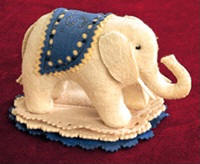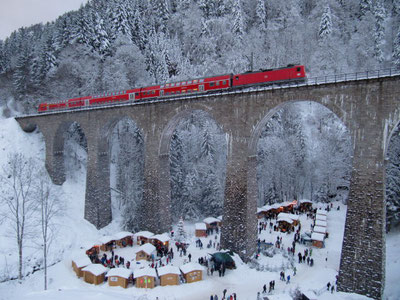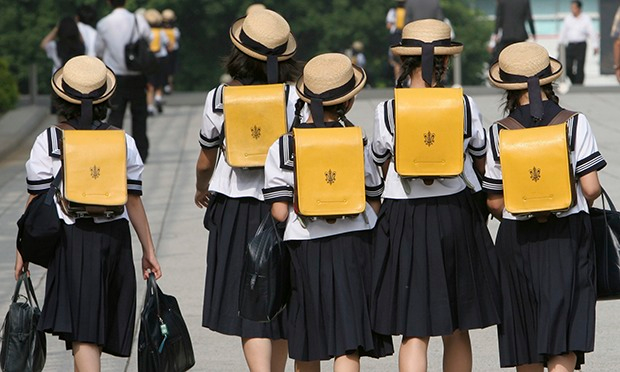Researching Japanese writing was a little hard for me. It seems I just kept running into descriptions that I didn’t understand or that would be hard to convey for this article. I had to chase down the descriptions to the most basic level. First, the description of Japanese writing mentions that Idiograms are used. I went to a description of Idiograms and learned that Idiograms were Logograms. Logograms are characters that represent a whole word or phrase. Idiograms may express a whole idea instead of just a word.
Let’s say a caveman draws a picture of a cow on the wall. At first, this is just a unique picture. Let’s say another man comes along and simplifies that a little by not drawing all aspects of the picture but just a line and horns to convey the same thing. The two agree that they will use a line with two horns to represent cow for future communications (makes it faster). Now let’s say they decide instead of drawing a bunch of lines with horns to representing more than one cow, they agree that a line with 3 horns will represent the plural form of cow. They have invented a Logogram. Now let’s say they want to say they are going to hunt cows and they decide to draw a spear over the line with the 3 horns when this is the idea they want to convey. They have now created an Idiogram. (If someone reads this and feels I have misunderstood this, please let me know as I want my grandchildren to have the correct understanding. Just use the comments section of the Blog. – Thank you)
The Japanese Idiograms are called Kanji symbols. They were adopted from the Chinese Logograms called hànzì. There are thousands of Kanji and the students in Japan learn over 2,000 during their education. I found a list of 100 of the most common ones used.
Writing in Japanese also uses two other forms of script called: Hiragana and Katakana. Please look at this article to learn about these.
Japanese writing can also be vertical (written in a line from top to bottom) or horizontal (written from left to right). See this article to explain when they choose to use vertical vs horizontal.
I found a site on the internet where you can type in your name and see how your name would be written in Japanese.
Here are yours:
Brianna =
It is pronounced “BURIANNA”. (Consonants are pronounced more or less the same way as in English. “A” sounds like a in father, but shorter. “I” sounds like ee in meet, but shorter. “U” sounds like oo in hook, but with less rounding of the lips.) * taken from this link.
Damien = 
It is pronounced “DEIMIAN”. (Consonants are pronounced more or less the same way as in English. “A” sounds like a in father, but shorter. “I” sounds like ee in meet, but shorter. “E” sounds like e in met.) * taken from this link.
Elias = 
It is pronounced “ERIASU”. (Consonants are pronounced more or less the same way as in English. “A” sounds like a in father, but shorter. “I” sounds like ee in meet, but shorter. “U” sounds like oo in hook, but with less rounding of the lips. “E” sounds like ein met.) * taken from this link.





















